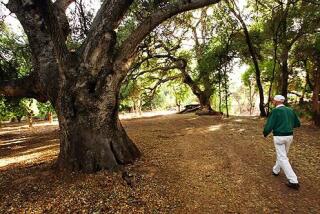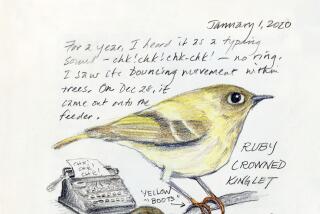A natural wonder
OH, how an artist’s achievement is sometimes at the mercy of the wrong critic! Thomas Bewick’s woodcut engravings of Northumbrian country scenes were disparaged in 1782 by the critic Horace Walpole as nothing more than “slovenly stamps.” Years later, however, noted Victorian art and social critic John Ruskin countered that attack with lavish praise, Jenny Uglow tells us in “Nature’s Engraver: A Life of Thomas Bewick” (Farrar, Straus & Giroux: 460 pp., $30). “[T]he execution of the plumage in Bewick’s birds,” Ruskin declared, “is the most masterly thing ever done in woodcutting; it is worked just as Paolo Veronese would have worked in wood if he had taken to it.”
Uglow’s biography of the late 18th century engraver, much in demand to illustrate bookplates, playbills and just about everything else, is an absorbing affirmation of Ruskin’s mighty defense. An exuberant naturalist who rarely strayed far from his native Northumberland, Bewick gave us important and richly illustrated natural histories including “A General History of Quadrupeds” and “A History of British Birds.” No one, common folk or artist -- Charlotte Bronte and poet John Clare are among Uglow’s examples -- needed anything other than their trusty Bewick to inform a rustic stroll.
Uglow’s clear prose sparkles like Bewick’s River Tyne, and it is no wonder that I’ve found her name cited frequently in the acknowledgments of A.S. Byatt novels: Her research is essential reading for any novelist planning a story in the period. The engravings themselves, reproduced throughout the book, are also windows onto that world: “[T]hey conjure the moment for us still,” Uglow writes, “across the currents of time.”
Nick Owchar
More to Read
Sign up for our Book Club newsletter
Get the latest news, events and more from the Los Angeles Times Book Club, and help us get L.A. reading and talking.
You may occasionally receive promotional content from the Los Angeles Times.







